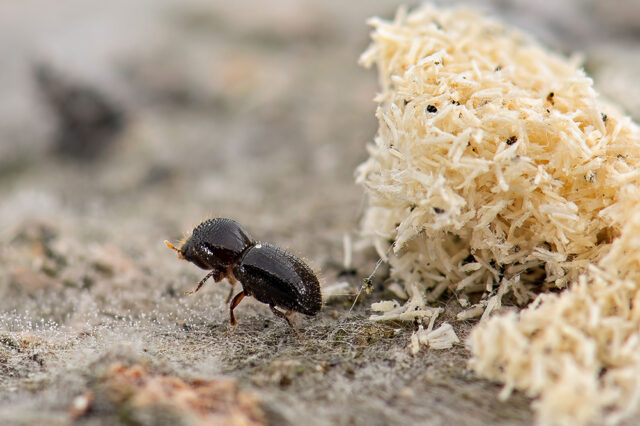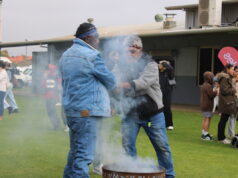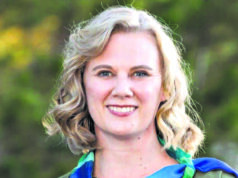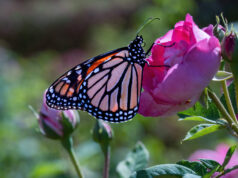Over the past six months the tree-killing polyphagous shot-hole borer (PSHB) has continued its steady march towards the outskirts of Perth.
In June, it was discovered in paperbarks along the banks of the Canning River in Gosnells. And by July it had defied the state government quarantine zone, and crossed into Kelmscott.
Just two weeks later two trees with confirmed borer damage were culled along the Albany Highway in Bedfordale, two kilometres up the road from a beloved local orchard.
It’s also been found in Kalamunda and Ellenbrook.
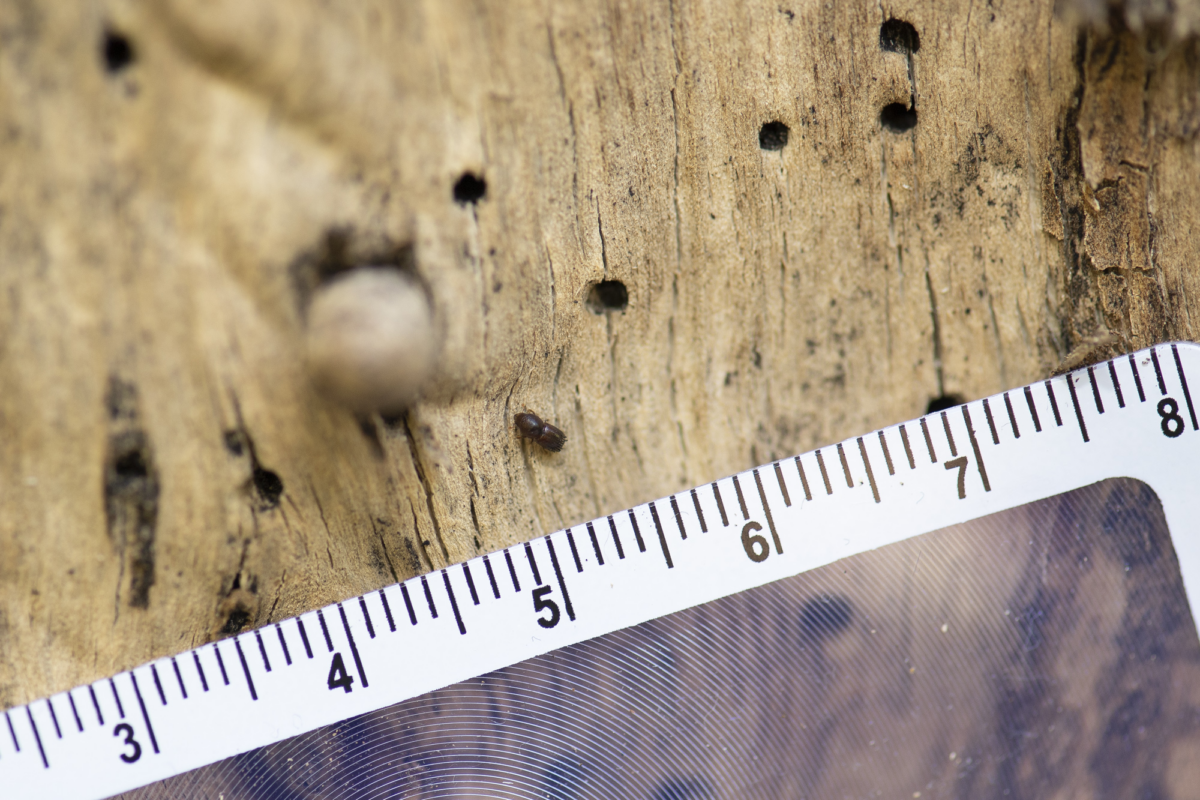
PSHB has not been detected within the Shire of Serpentine Jarrahdale yet, but there’s a strong sentiment from the community at large that it’s a matter of when, not if, the beetle makes its entrance there too.
And Shire President Rob Coales has confirmed DPIRD officers have placed sticky traps around the shire “as part of their monitoring efforts”.
Last week, the quarantine area (QA) was expanded to include the City of Armadale and Shire of Serpentine Jarrahdale, in an effort to stop the spread of this sesame seed-sized scourge.
It now covers the entire metropolitan area – a total of 30 local governments – which the state government hopes will help create a ‘buffer zone’ between Perth and the high-yielding agricultural regions in the south west.
The QA is now divided into two zones; Armadale and SJ are part of Zone B.
Residents in this zone cannot move untreated or unseasoned wood outside the QA, unless chipped to pieces that are 2.5cm or less in diameter.
They can’t move plant materials, including living plants with woody stems that are greater than 2cm in diameter outside the QA. If a mature tree is purchased from a nursery within the QA and needs to be moved outside it, a permit is required.
And residents in zone B must ensure any machinery used to handle green waste is cleaned before it can be moved outside the QA.
PSHB does not live, breed in, or otherwise affect lawn clippings and grasses, so these can be disposed of as normal and with no restrictions.
Failure to comply with this quarantine area notice could result in a fine.
But many have questioned how the rules are being policed. Short of roadblocks and vehicle searches, it would be impossible to effectively enforce these restrictions.
DPIRD has instead been encouraging residents within the quarantine areas to do the right thing. And they’re working closely with nurseries to monitor plant stocks.
The City of Armadale is currently implementing a variety of cleaning and quarantine protocols to their operations, including disinfecting landscaping equipment, blow-downs of off-road vehicles and mowers before moving locations, covering vegetation when transporting it between sites, and scheduling deep cleans on a regular basis.
And President Coales said the shire has been engaging with DPIRD to be borer-ready.
“The shire will participate in training being organised by DPIRD for all field and office staff to identify the polyphagous shot-hole borer during our maintenance works within our parks, reserves and streetscapes,” he said.
“Additionally, the shire will be allocating a resource to undertake an assessment of trees susceptible to PSHB to allow for future preparedness within the shire.”
He said that DPIRD has surveyed the shire to identify any host trees that might be susceptible to infestation.
But the shire does not currently maintain a register of fruit and nut orchards within its bounds. Among the extensive list of host trees for the beetle are avocado, mango, mulberry, loquat, macadamia, pecan, apricot, crab apple, olive and a variety of citrus.
For the most up-to-date list of host trees, how to spot shot-hole borer infestation, and more information on the expanded quarantine areas, visit agric.wa.gov.au/borer
Any suspected signs of PSHB damage should be reported to department via the MyPestGuide® Reporter app or via the Pest and Disease Information Service on 9368 3080.


